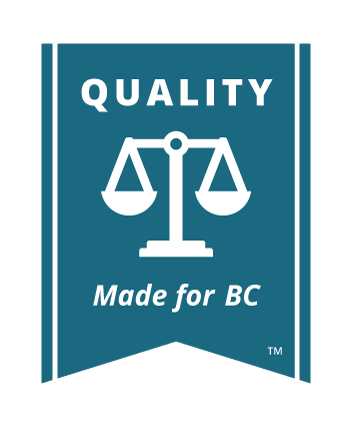Discontinuance and Withdrawal
After you start a proceeding, you may decide that you no longer wish to continue the action against one or more of the other parties. This is called discontinuance. Similarly, if you have been sued, and you filed the appropriate documents to defend the proceeding, you may decide to withdraw your response. This is called withdrawal.
Discontinuances and withdrawals apply to both proceedings started by notice of civil claim and to proceedings started by a petition. They also apply to counterclaims and third-party proceedings.

Read the Rules
Rule 9-8 Discontinuance and withdrawal
Discontinuance or withdrawal may:
-
End the need for trial or hearing
-
Shorten the time required for, or the complexity of, a trial
-
Reduce the number of defendants through discontinuance by the plaintiff or withdrawal of the defence by one or more defendants or
-
Allow the plaintiff to take default judgment against a defendant who withdraws a response
There are cost consequences associated with discontinuance and withdrawal. If you discontinue or withdraw a claim against a party, Rule 9-8(4) requires you to pay the costs of that party. However, you may be able to negotiate an agreement with the other party so that costs do not have to be paid. For more information on cost awards, see Costs.

Read the Rules
Rule 9-8(4) Costs and default procedure on discontinuance or withdrawal
Discontinuance by the Plaintiff
If you are the plaintiff, you can shorten a trial by discontinuing an action against a defendant. You can discontinue for any reason, but often plaintiffs discontinue when the defendant:
- Is not capable of paying a judgment – that is, they might be bankrupt or live elsewhere, and it would be too expensive to try to collect on your judgment
- Is unnecessarily named in the action or
- Has agreed to a settlement
Fewer defendants means that you have fewer documents to review and fewer witnesses at trial and your argument is likely to be less complicated. Petitioners may also discontinue proceedings against petition respondents
When You Can Discontinue
A plaintiff can discontinue the case against any defendant and remove that defendant from the action any time before the notice of trial has been filed.
After the notice of trial has been filed, a plaintiff can discontinue the case against a specific defendant but must have either the consent of all other parties or an order from the court to allow the discontinuance.
To discontinue a claim, prepare a document called a notice of discontinuance (Form 36). The same procedure applies to petitioners who decide to withdraw a petition.

Find the Form
Form 36 Notice of discontinuance
Withdrawal by the Defendant
The defendant can withdraw:
- All of their response against all of the plaintiffs
- All of their response against one or more plaintiffs, leaving the response intact against the rest of the plaintiffs or
- Only part of their response against any or all of the plaintiffs, leaving the balance of the response intact
If the defendant withdraws in part, the trial will be less complicated as there will be fewer issues that need to be resolved. If there is only one defendant, and he or she completely withdraws his or her response against the plaintiff, the plaintiff can then proceed to get a default judgment.
To withdraw a response, or part of it, the defendant prepares a notice of withdrawal (Form 37). The same procedure applies to a petition respondent who decides to withdraw from a proceeding commenced by petition.

Find the Form
Form 37 Notice of withdrawal







 JusticeEducation.ca
JusticeEducation.ca JusticeEd
JusticeEd /JusticeEducation
/JusticeEducation